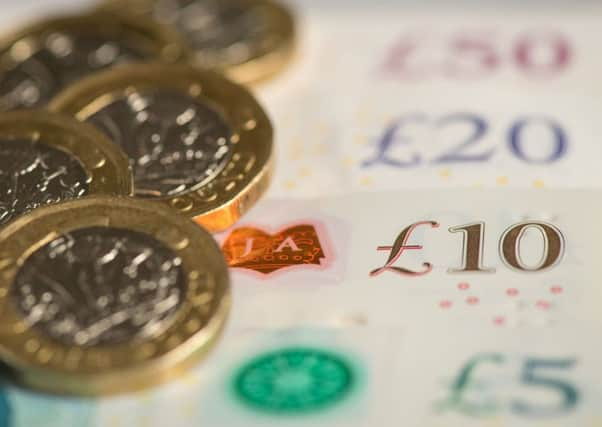Workers earn for themselves as tax freedom day arrives


The Adam Smith Institute said the so-called tax freedom day falls three days later than it did in 2017 and is at its latest since 1995 - as far back as “quality data” goes.
This year, every penny the average person earned until May 28 went straight to the taxman, the institute said.
Advertisement
Hide AdAdvertisement
Hide AdBut from May 29 onwards, the average person will get to keep what they earn.
The right-of-centre think tank said tax freedom day was worked out to illustrate the “true size” of the tax burden people face, including both direct taxes such as income tax and indirect ones like VAT.
The report’s authors said that every individual would have a different tax freedom day according to the amount they earned.
Theoretically, tax freedom day should come later for high-earners and earlier for those on lower incomes and the unemployed.
Advertisement
Hide AdAdvertisement
Hide AdSam Dumitriu, head of research at the Institute, said: “For nearly half of the year we’ve been taxed on everything that we’ve earned.”
“What [this model] means is that members of the public are better informed so they are able to debate the issues properly.
“It also illustrates how the tax burden is changing over the years - in 1995 it nearly crept into April and now it’s nearly creeping into June.”